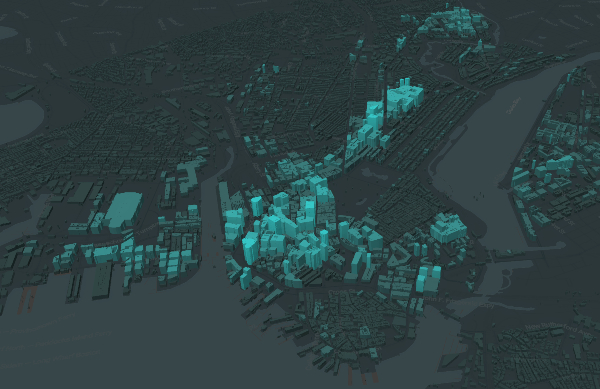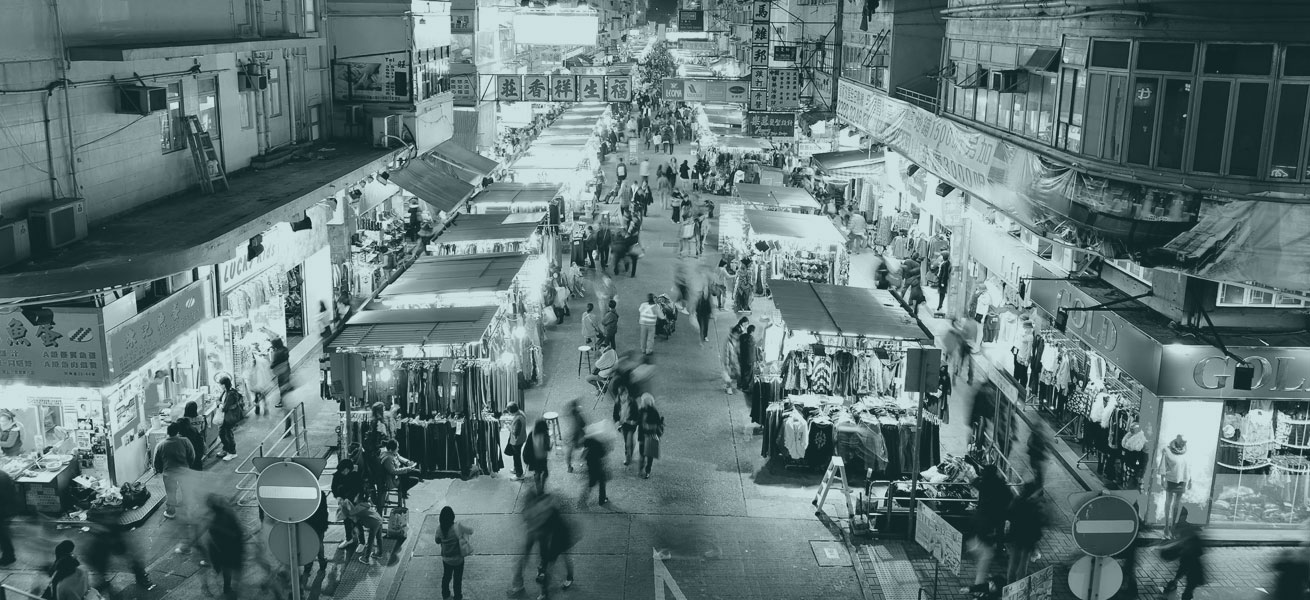We can create special districts that encourage flexible uses and longer business hours.
For decades, cities have regulated physical characteristics like height, setbacks, and street dimensions with special overlay zones. These zones create incentives to encourage development, set limits against excessive density, or simply set funding aside for specific needs. “Extended Hours” overlay zones would work similarly, providing special attention to areas of the city where evenings, weekends, or other times require extra effort to maintain active use and encourage investment.
We can use the public realm to fill in the gaps from brick and mortar activities.
Policy changes like overlay districts are a longer-term strategy, but there are things that can be done quickly to activate districts. We can use the public realm itself as a place where activity is generated through street markets and other events. During the day, Temple Street is a quiet and unassuming Hong Kong street, but every evening it is transformed into one of the main shopping corridors in the city. Some of this shopping happens in the buildings, but much of it is through stalls and other temporary structures set up in the late afternoon and taken down at midnight.
This pop-up approach to retail could be replicated in other cities where the mix of brick and mortar businesses don't contribute to street life at certain times of the day or week.
We can rethink how space, particularly ground floors, is occupied over the course of the day and week.
Start-ups like Spacious are repurposing restaurants for co-working during the day, then restoring them to restaurants for dinner service. Retail and restaurant mashups are growing, with the potential for differentiated hours of operation. These kinds of hybrid ground floor spaces carry with them the opportunity for complementary arrangements in which businesses can focus on the hours of operation that benefit their services, while making room for different businesses during off hours. This would allow a single storefront to generate activity throughout the day and week, rather than solely during a single business operation.
Taken together, these strategies show how a better understanding of business hours can inform how we design our cities. The next wave of urban design and city-building in American cities will be less about broad strokes issues like mixed-use development or density, and more about how nuances like business hours can make cities more livable and prosperous.



